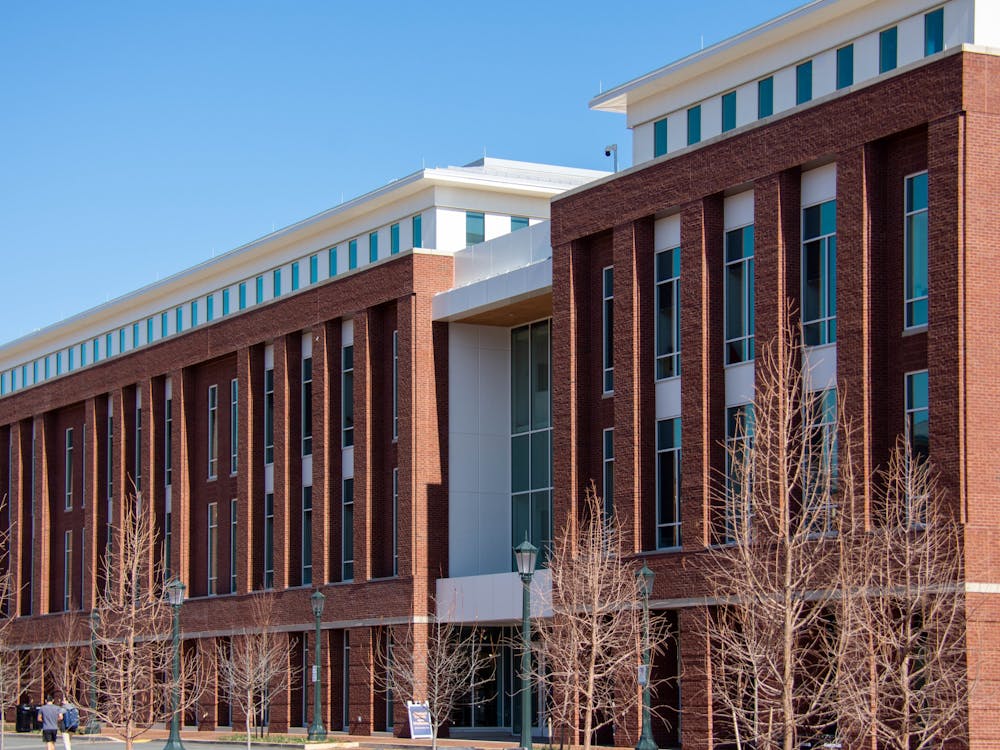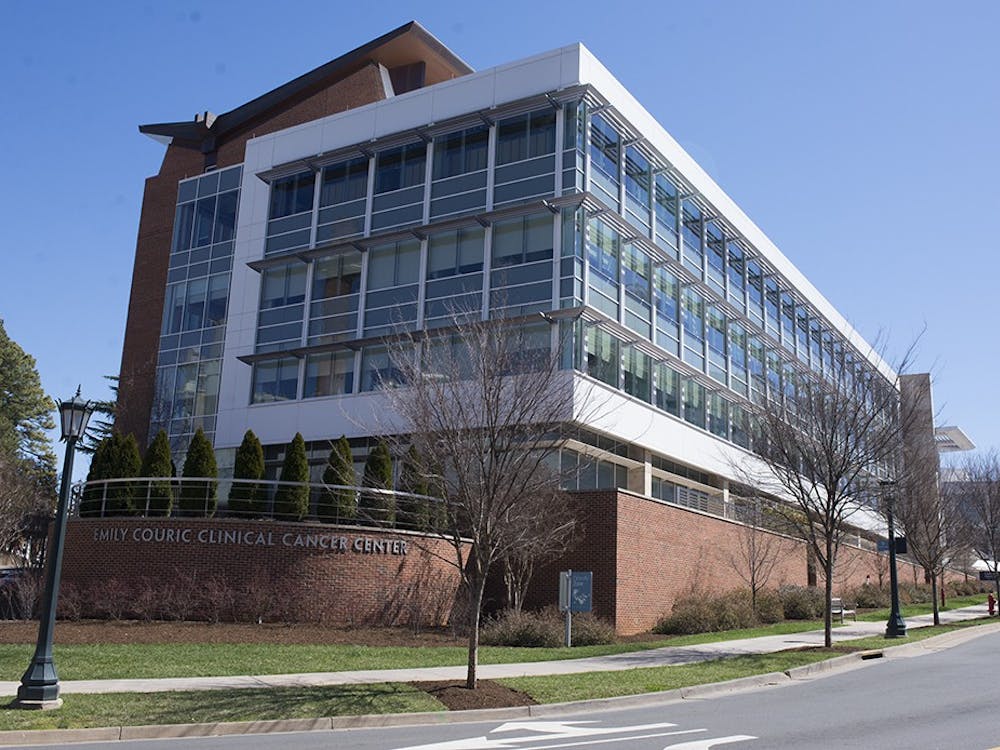You've had a long weekend leaning over books and papers to study for a round of exams, followed by an even longer week hunched over a desk taking all those tests. Or maybe you've been swamped at work, staring at your computer for the past few weeks. Perhaps you're one of the few who has maintained your New Year's resolution, and your muscles are letting you know they don't appreciate your daily visits to the gym. Or you're completely overwhelmed at the thought of graduating and life after college. Sounds like you need a massage. Or do you? What is the big deal with massage therapy? Why do some people swear by it and others cringe at the thought?
Massage therapy has been around for thousands of years. Hippocrates first defined medicine in ancient Greece as "the art of rubbing." Massage came to the United States from Sweden in the 1850s, and it became popular for treating a variety of medical conditions. As scientific and technological advances improved medicine, the prevalence of massage therapy diminished in the 1930s and 1940s. In the 1970s, however, massage therapy, particularly for athletes, experienced a revival. In the 2007 National Health Interview Survey, approximately 18 million adults in the United States reported receiving a massage during the previous year.
Despite its relative popularity, there is little scientific research about massage, resulting in a lack of understanding of how massage therapy works. The National Center of Complementary and Alternative Medicine aims to use scientific investigation to determine the usefulness of complementary and alternative medicine, such as massage therapy. Studies organized or analyzed by NCCAM suggest massage can help decrease state anxiety, blood pressure and heart rate in just one session. Multiple sessions can reduce trait anxiety, depression and chronic pain. NCCAM reports also show massage might help relieve pain and improve mood in patients with advanced stage cancer. Until further studies are conducted, however, guaranteed benefits of massage remain unknown.
While little is known about the beneficial effects of massage therapy, it is associated with a few negative side effects. The most common side effects are temporary soreness or discomfort, bruising, swelling or sensitivity to the massage oils used by the therapist. The NCCAM advises against vigorous massage for individuals with bleeding disorders, low platelet count or those taking blood-thinning medications. Cancer patients and pregnant women should consult their health care provider before using massage therapy. Massage should also be avoided in areas of the body with blood clots, skin infections, open or healing wounds and weakened bones.
The risks associated with massage are generally low, particularly when a licensed or certified therapist is consulted, but NCCAM does encourage you to inform your health care provider if you use massage therapy so your provider can better manage your overall care.
Whether the benefits are scientifically proven or not, I find massages relaxing and helpful in relieving tension created by spending hours hunched over my computer trying to write my dissertation. While the benefits may not be guaranteed, the risks are low. I see scheduling a massage as making time for me to get away from my daily stresses, so when I sit down at my desk to face my dissertation, I feel refreshed and motivated. And for me, that is benefit enough.
-Amanda Gellett is a University Ph.D. Candidate in Pharmacology. She can be contacted at\namg7t@virginia.edu.






